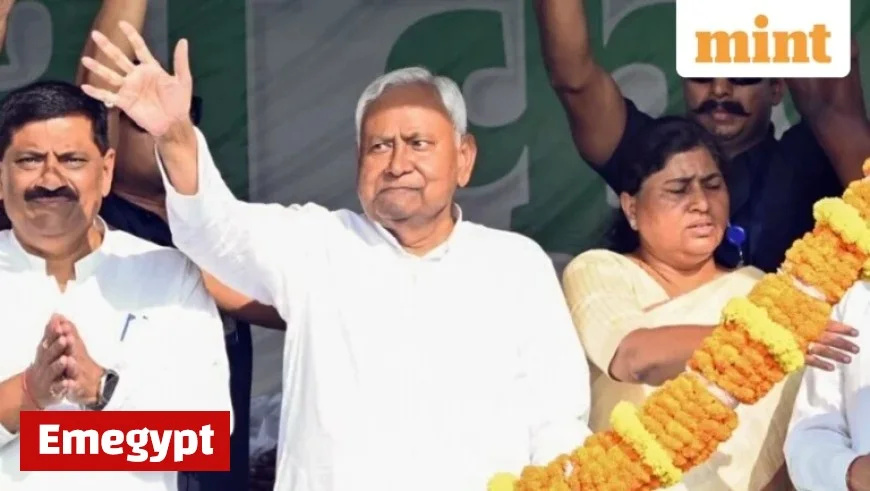How Women Voters and BJP Alliance Empower Tejashwi Yadav and Solidify Nitish Kumar’s Leadership in Bihar

The upcoming 2025 Bihar assembly elections have reignited discussions on the political landscape and the enduring influence of Nitish Kumar. His leadership was pivotal in the recent elections, demonstrating a complex interplay of voter sentiments and party alliances, particularly with the Bharatiya Janata Party (BJP). Kumar’s return as Chief Minister has raised questions about the future of his opposition, particularly the Rashtriya Janata Dal (RJD) led by Tejashwi Yadav.
Impact of Women Voters on Bihar Elections
One of the most significant developments in these elections was the turnout of women voters. Women demonstrated an impressive 8.8 percentage point lead over their male counterparts. This shift represents a key demographic that Nitish Kumar has focused on over his tenure.
- Introduction of policies aimed at women, such as:
- Free bicycles for schoolgirls
- Government job reservations
- Liquor prohibition laws
- Financial aid through the Mukhyamantri Mahila Rozgar Yojana
These initiatives have cemented women as a crucial votebank for Kumar, reinforcing his leadership in Bihar.
The Role of BJP Alliance in Solidifying Kumar’s Leadership
Nitish Kumar’s alliance with the BJP has proven to be a significant advantage. The National Democratic Alliance (NDA) emerged victorious, leading in 207 of the 243 assembly seats. The BJP alone contributed greatly, holding strong in 91 seats, which played a crucial role in Kumar’s success.
This alliance has brought together a broad coalition of various castes, enhancing Kumar’s political appeal across the electorate. With a past marked by governance challenges, Kumar’s leadership has been juxtaposed against the historical backdrop of the RJD’s regime, often described as ‘jungle raj’.
Understanding Tejashwi Yadav’s Challenges
Tejashwi Yadav faced multiple challenges that hindered his campaign. Despite his youthful appeal, he struggled with the legacy of his parents’ rule. Voter sentiment overwhelmingly associated him with the controversial past of Lalu Prasad Yadav and Rabri Devi, making it difficult for him to establish a new identity.
- Factors that led to RJD’s defeat:
- Inability to distance from parental legacy
- Failed proposals, such as government jobs for families
- Lack of substantial support from Congress
- Over-reliance on a Muslim-Yadav coalition without broader appeal
This election was ultimately shaped by Kumar’s record of governance compared to the historical challenges posed by the RJD, underscoring the importance of perception in Bihar politics.
Future Prospects for Bihar
Looking ahead, several questions linger over Nitish Kumar’s leadership and the future of the NDA. Concerns about job creation remain critical among voters, demanding practical solutions from the current government. On the other hand, Tejashwi Yadav’s political survival may hinge on his ability to redefine his public image and attract a more diverse voter base.
Nitish Kumar’s ability to navigate political challenges has solidified his position as a prominent leader in Bihar. However, as the political landscape evolves, both he and Tejashwi Yadav face distinct challenges that will shape the state’s future.





























